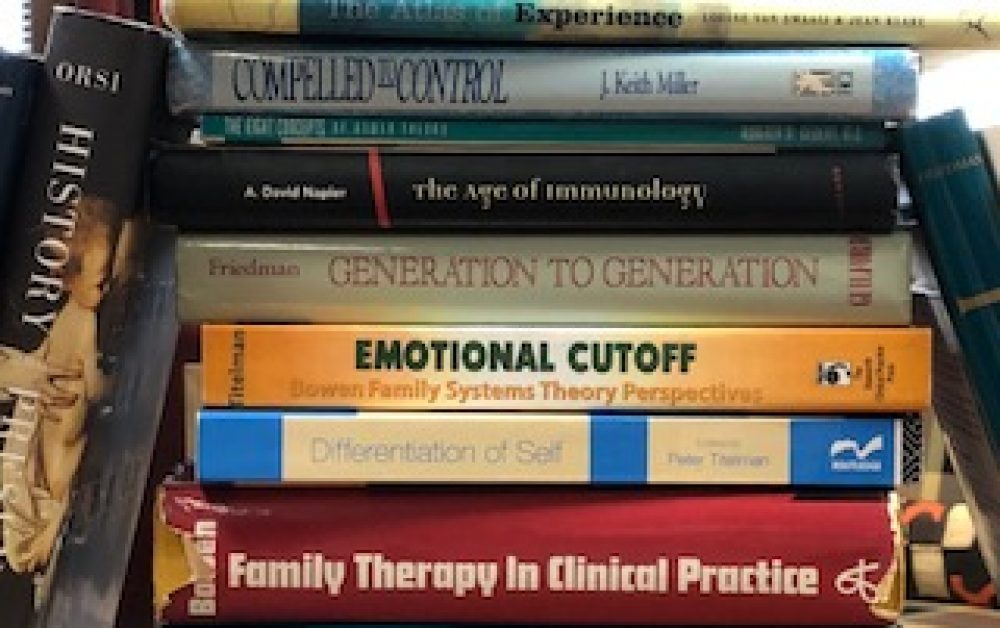
Adam — Rudolf Hauser


Adam — Rudolf Hauser

The Art of Looking

Jamin — Freedom Is Great
I am fascinated by the discovery of the atomic slime in Savannah. It reads like bad science fiction and yet there is a lesson of hope for us in it. There are two sorts of conditions: level one — so toxic that nothing can survive and level two where the response of the organism makes a profound difference.
All too often we mistake level two for level one assuming that our response makes no difference when in fact our functioning makes the difference in the outcome. High anxiety results in our overlooking possibilities that may make all the difference.
 Do you remember the old TV show MacGyver? In every episode, the hero, MacGyver would find himself in some situation that appeared to be a level I situation. But he takes a hairpin, the contents of his fountain pen and some aluminum foil and escape. His response to the situation made all the difference. Most situations we encounter in life are level II. But all too often we go around mistaking level II for level I circumstances. Our response is crucial. We must dig deep into our faith and find the resources that conquer fear. As our Lord said, “Perfect love casts out fear.” And as Christians we believe that the worst things that can happen to us are never the last things.
Do you remember the old TV show MacGyver? In every episode, the hero, MacGyver would find himself in some situation that appeared to be a level I situation. But he takes a hairpin, the contents of his fountain pen and some aluminum foil and escape. His response to the situation made all the difference. Most situations we encounter in life are level II. But all too often we go around mistaking level II for level I circumstances. Our response is crucial. We must dig deep into our faith and find the resources that conquer fear. As our Lord said, “Perfect love casts out fear.” And as Christians we believe that the worst things that can happen to us are never the last things.
For Jesus has overcome the world.

By Rob Pavey | Staff Writer
Monday, April 30, 2007
One of the world’s tiniest celebrities hails from one of the planet’s toughest neighborhoods.
Its story began a couple of years ago, when scientists fished a strange slime off a probe used to examine decades-old, high-level nuclear waste inside tanks stored at Savannah River Site. “At first, nobody was sure what it was,” said Christopher “Kitt” Bagwell, a senior scientist at the top-secret Savannah River National Laboratory.
Turns out, the greenish-orange slime was alive. The more it was studied, the more it enamored scientists who were fascinated with its ability to survive radiation doses thousands of times greater than what is considered lethal to humans.
“Finding an organism in such a toxic environment is very unexpected,” said Dr. Bagwell, who will present a paper about the bacteria – dubbed kineococcus radiotolerans – to the American Society for Microbiology next month.
In addition to thriving in the face of normally-lethal radiation, the organism also demonstrates remarkable survival characteristics in terms of its DNA. Humans and most organisms can tolerate few breaks in DNA molecules, he said, but kineococcus radiotolerans has the ability to reassemble itself.
“With this organism, we can take an intact DNA molecule, blast it into little pieces, and in five to six hours the organism is restored and growing normally again,” Dr. Bagwell said. Dr. Bagwell and others who have studied the organism hope further research will yield clues that could aid in medical research, cancer studies and other areas. “There’s a lot of excitement about this organism because of its ability to withstand tremendous abuse,” he said. “What we don’t know is how it does these things – and what more it can do. That’s the direction we’re going now.”
Reach Rob Pavey at 868-1222, ext. 119, or rob.pavey@augustachronicle.com.